Although it was made in 2012, The Legend of Black Annie wasn’t released until 2015, just two months after that OTHER “black Annie” movie hit theaters. Coincidence? You be the judge. Regardless, anyone who rents this movie expecting to see a tap-dancing Quvenzhane Wallis will be sorely disappointed — and should probably stop huffing glue.
The Legend of Black Annie starts off in 1973 in either a post-apocalyptic wasteland or West Virginia (I’m leaning towards the latter), where three boys — one white (Charles Jr.), two black (Patrick and Jerome) — are doing what boys that age tend to do: being assholes. They chase a black girl named Annie Black until she falls off a cliff to her death. (Honestly, though, it’s more like a leap, so unless she’s part lemming, I’d have to place some of the blame on her.)
In a strange coincidence, Annie’s drunk father soon thereafter accidentally kills her voodoo-practicing mother Ava, but not before she casts a (very slow-acting) spell that, 13 years later, causes Ava’s ghost to rise from the grave and target the parents of the boys for helping them cover up their crime. Thus, “the legend of Black Annie” is born…except it’s not Annie, so…um, yeah, that’s kind of a problem. Anyway, thirteen years after those deaths, Annie/Ava/whoever returns again, this time going after the boys (now men) themselves.
All the while, local Anthropology professor Cornelius Faulk (writer-director Terrence Flack), who specializes in urban (or in this case, rural) legends, has been keeping tabs on the cyclical string of deaths and ties them to the local legend of Black Annie, uncovering generations of secrets, lies and coverups in his attempt to stop the bloodshed.
It’s not often you see a black woman as the main villain in a horror movie, so in that regard, The Legend of Black Annie is a refreshing change of pace. The character herself has promise, her disheveled, hair-in-the-face Samara-like look and ability to control victims’ minds making a solid foundation for fright icon — not to mention her penchant for bringing fog wherever she goes. (Seriously, the fog machine cost must’ve accounted for half the film’s budget.)
For a bare-bones B-movie, the script does a solid job of developing the mystery (granted, it’s still very predictable) and the character interactions, touching upon issues of small-town politics, racial dynamics, class divisions and gender roles. However, it never seems to take full advantage of such a wealth of material ripe for social commentary. Even though the mayor says at one point that no one will miss “a poor colored girl,” we don’t feel the vengeance from a racial, gender or class angle. And even though we see several female characters used and abused over the film’s 30-year span, Flack seems to have missed an opportunity to tie Annie’s wrath more directly to the treatment of women in this backward, hayseed town. Instead, it becomes just a plain ol’ ghostly revenge tale.
If it didn’t feel quite so half-baked, with hammy, community theater performances, The Legend of Black Annie might’ve risen above the level of typical direct-to-video horror fare — but honestly, mediocrity is still better than a lot of films of this ilk.
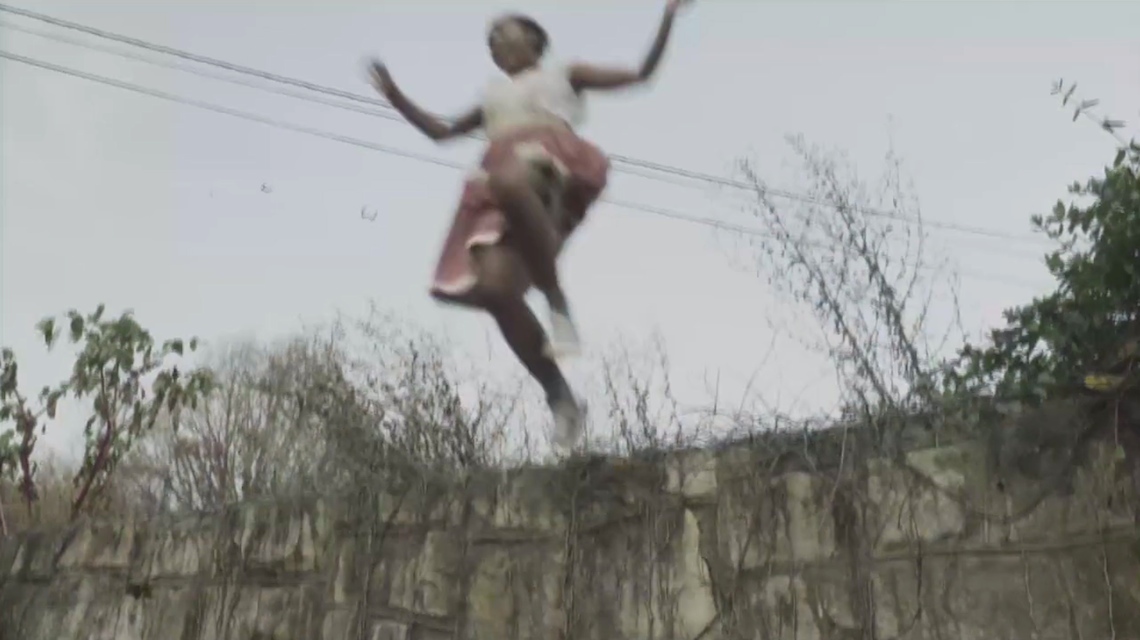
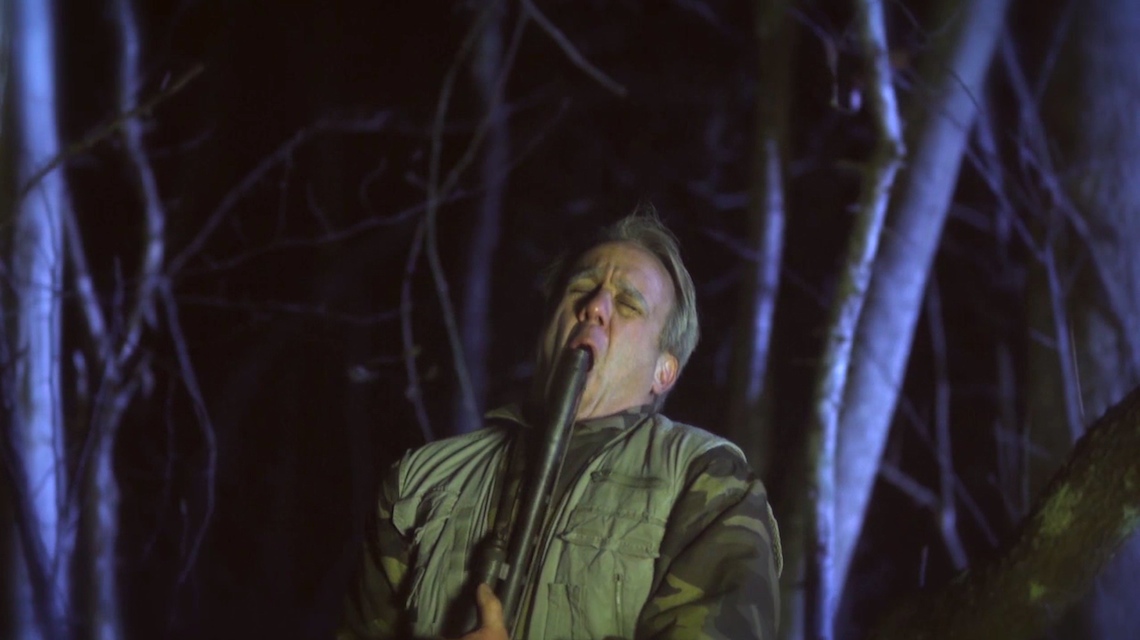
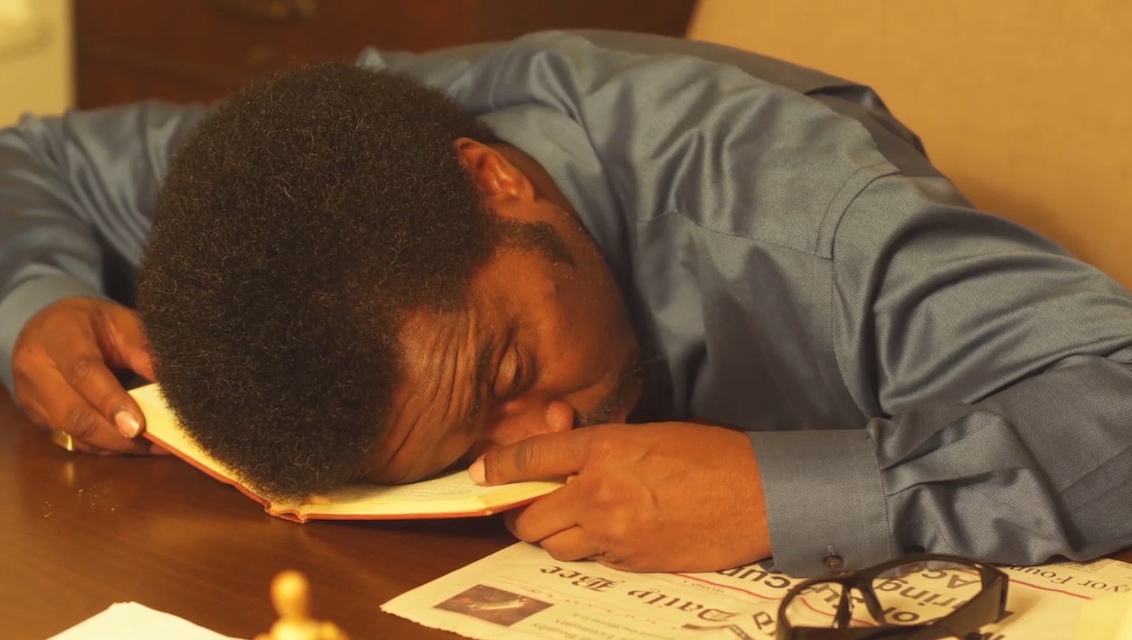
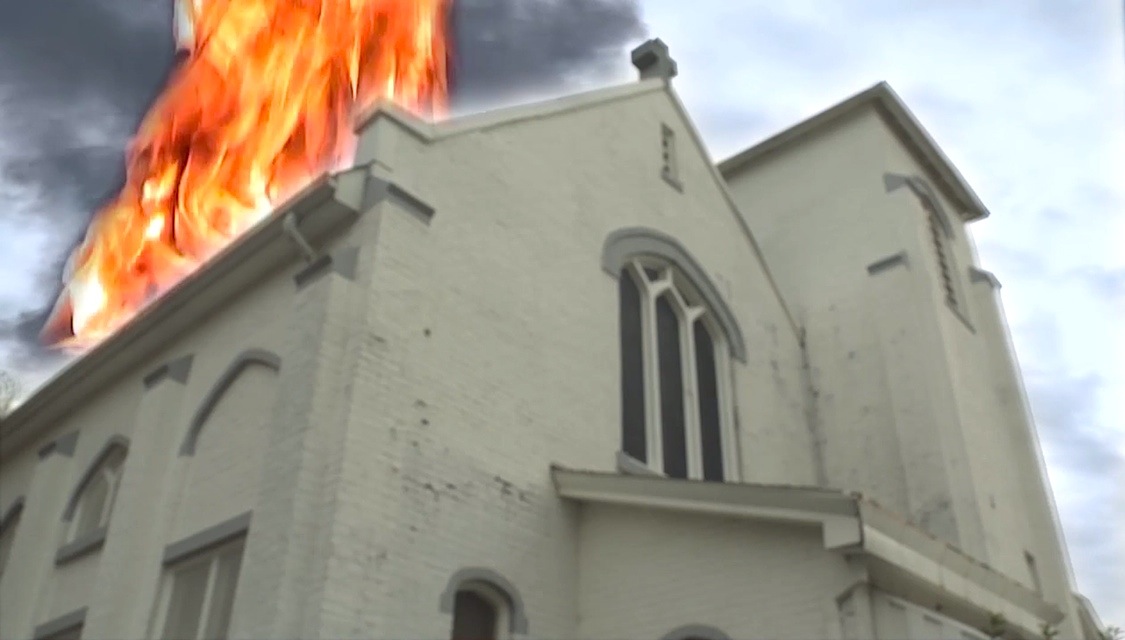
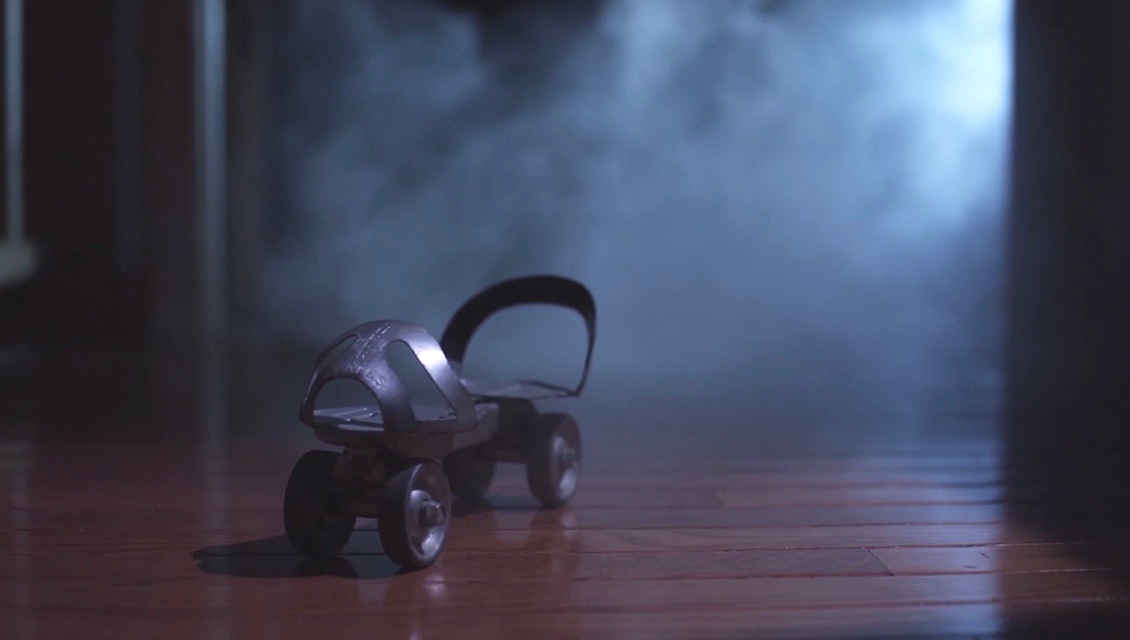
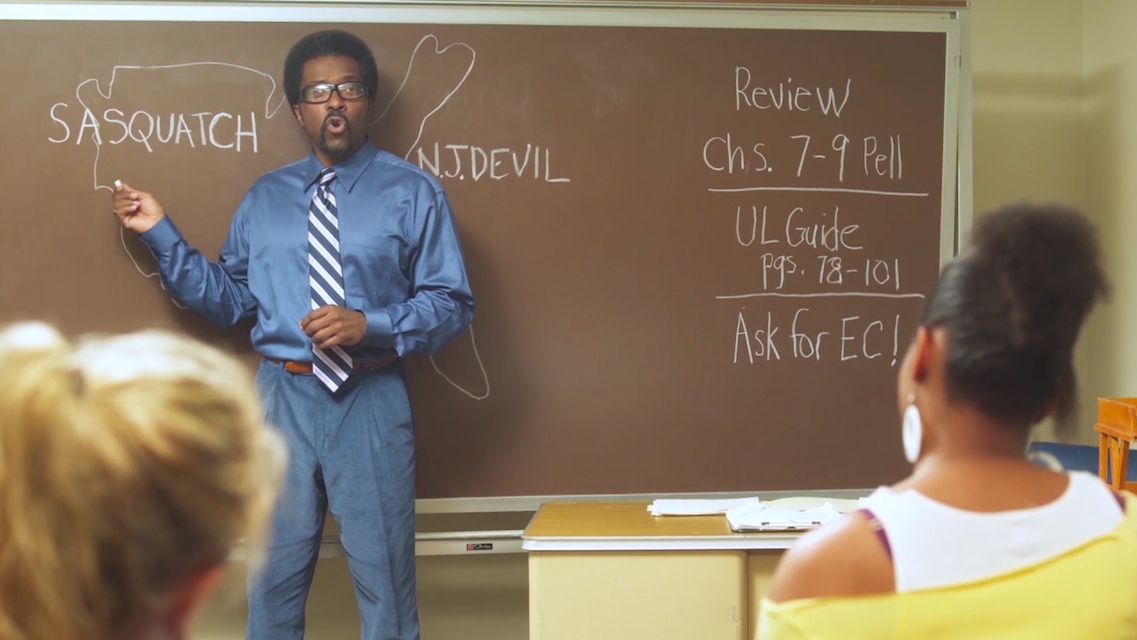
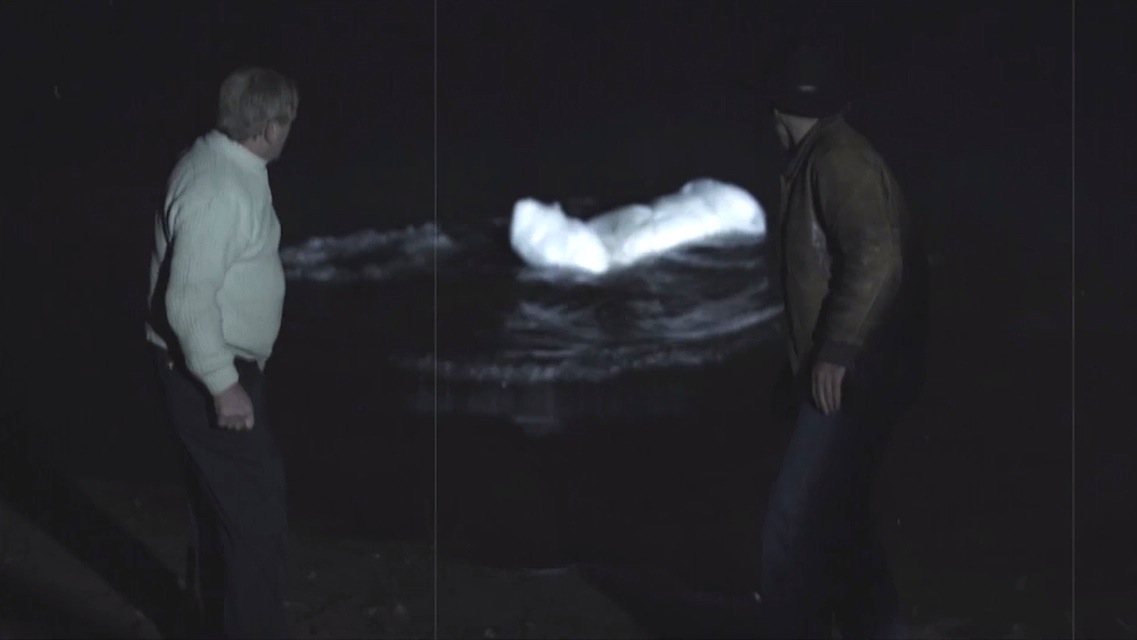
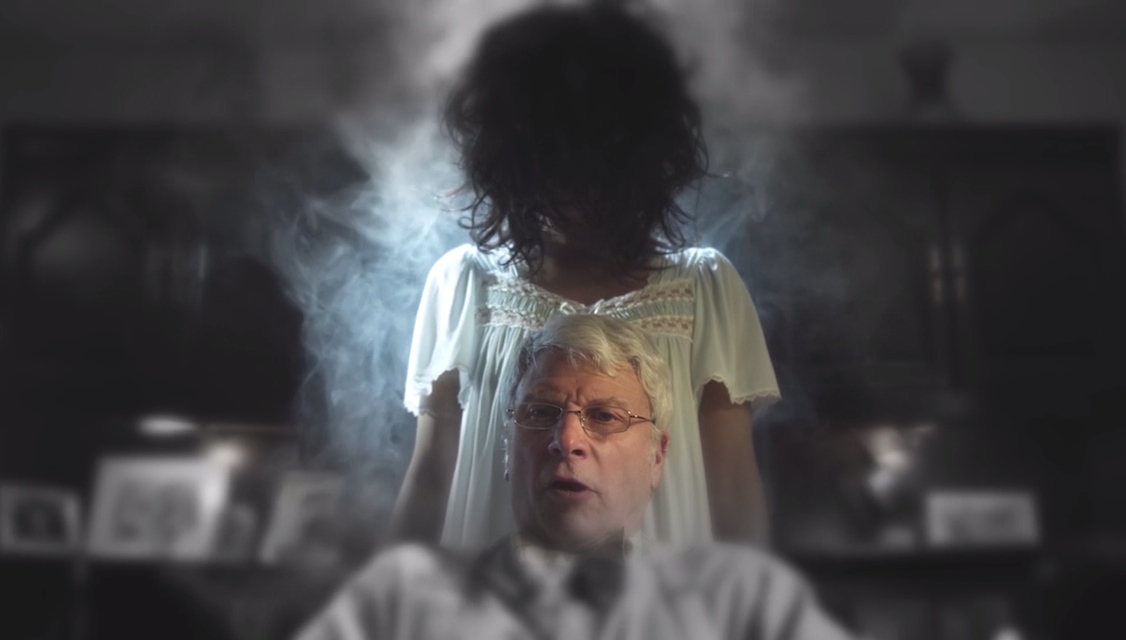

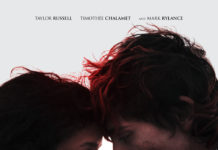


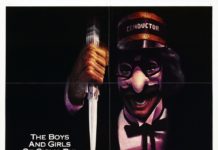
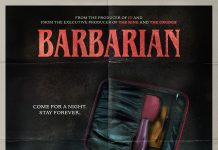
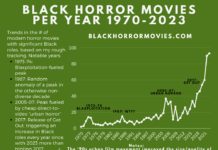

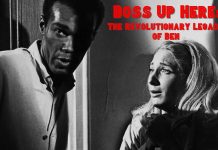
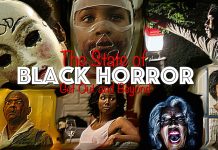

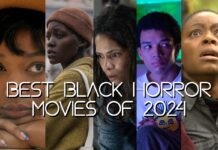
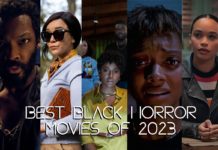
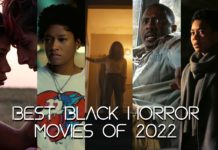


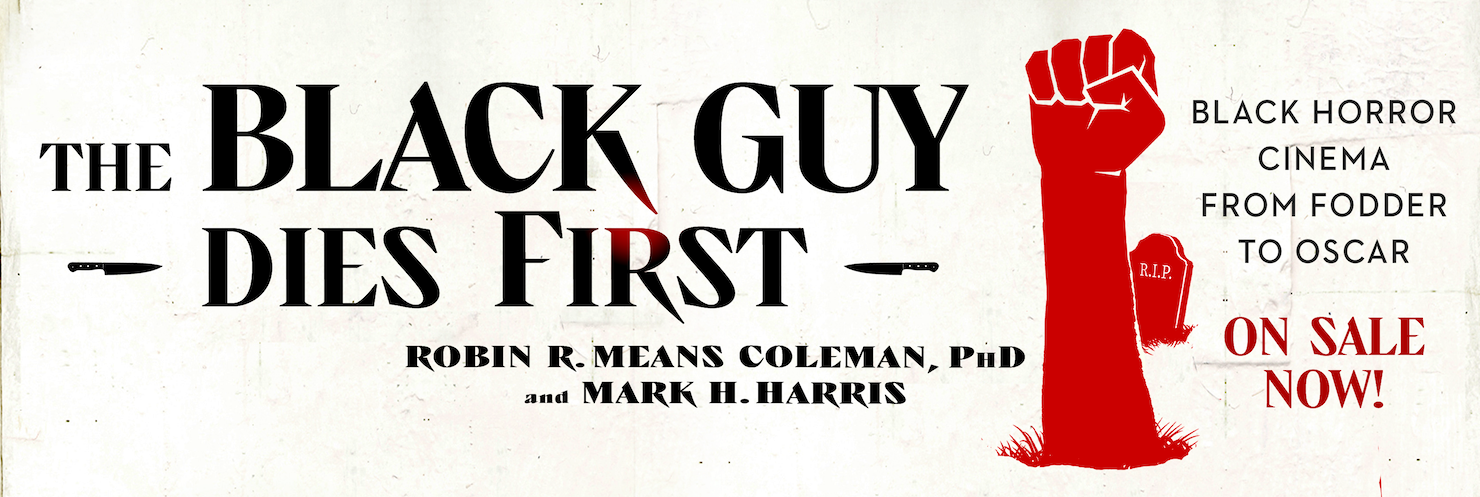
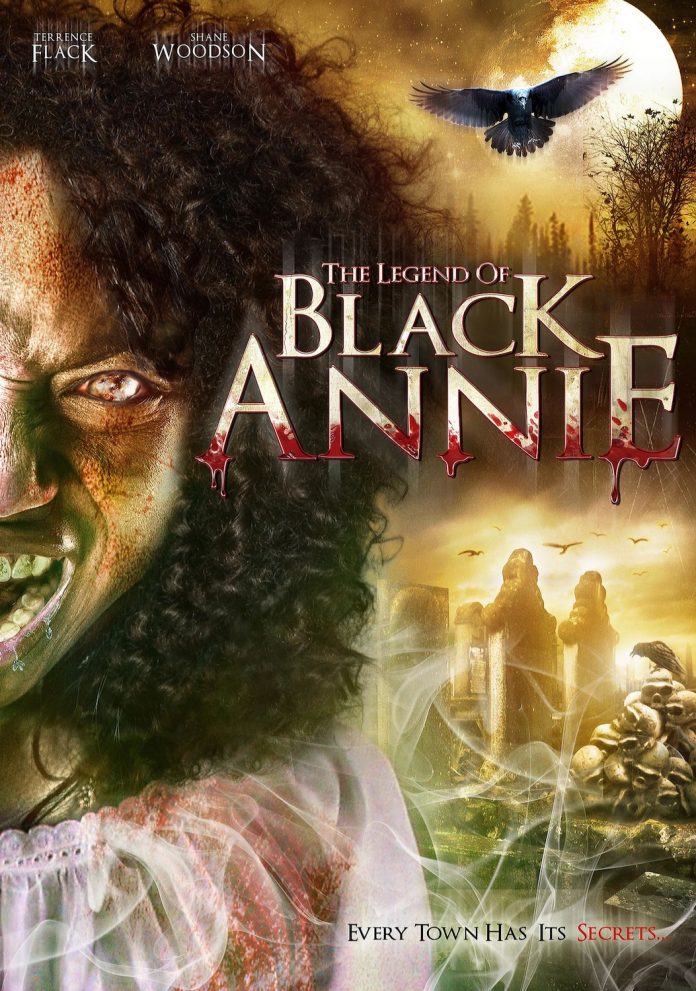


Not very good…..But not awful